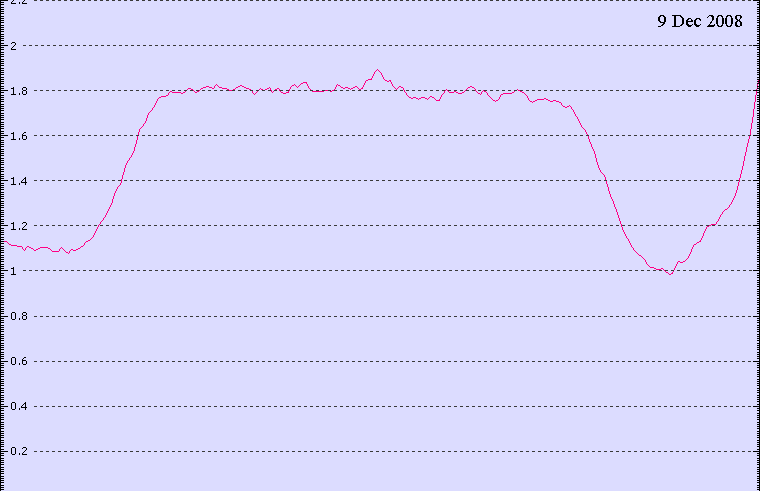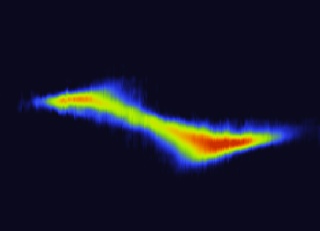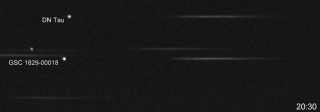|
NOTE All images and data on this site are subject to copyright and must not be reproduced without my permission |
|
THREE HILLS OBSERVATORY N54.75 W3.24
(Formerly "ROBIN'S ASTRONOMY PAGE") |
You are welcome to e-mail me at
Although I have dabbled in many areas of observational astronomy, my main interest is Spectroscopy , the analysis of light from astronomical objects in terms of its wavelength (colour). Although it is a key tool for professional astronomers, there were relatively few amateur spectroscopists in 2002 when I first investigated the subject. In 2005 I developed the Star Analyser as a simple low cost way for others to try it and since then it has introduced several thousand amateurs to the area. In 2014 I developed a modified version of the ALPY spectrograph to measure faint objects, (the ALPY200) and used it to officially confirm and classify supernovae and measure the red shift of Quasars in the early universe. In 2019 I was awarded the British Astronomical Association Merlin Medal for my work in this area. You can listen to me talk about the origins of the Star Analyser and the ALPY200 on the BAA website
A SELECTION OF INTERESTING
OBSERVATIONS
(click on the images for more information)
More recent
interesting observations can be found on my personal page on
the BAA website
|
Crab Pulsar -
A Stellar
Lighthouse
A neutron star the size of city and a the mass of the sun
spinning 30 times a second sending out beams of radiation including
visible light |
Planets orbiting other Stars Some Exoplanets can be detected by watching for the tiny dip in light as the planet transits in front of its star. |
The Sunís Flash Spectrum. The elements in the Sunís outer atmosphere are revealed for a few seconds at the end of a total eclipse |
|
The
Expansion of the Universe
The red shift of distant
objects like quasars can be measured using simple spectroscopic
techniques |
A Gravitational Lens An
unseen but massive object passed between us and this star, acting like a
lens for a few days
(The streaks are spectra) |
Waltzing Binary Stars
The changes in velocity as
viewed from earth in the two stars as they orbit each other can be
measured using high resolution spectroscopy. |
|
The Chemistry of a Cosmic Sand
Grain Although this meteor burnt up in
our atmosphere in less than a second, it was enough to catch a spectrum
and tentatively identify some elements. |
A
Very Big Explosion
The visible glow from a GRB
produced when a star collapses into a black hole can be seen across the
universe but only for a few hours |
The Right Time and Place To catch the ISS passing in front of Jupiter you have to work out when it is going to happen and where within 50 metres you need to be standing |












